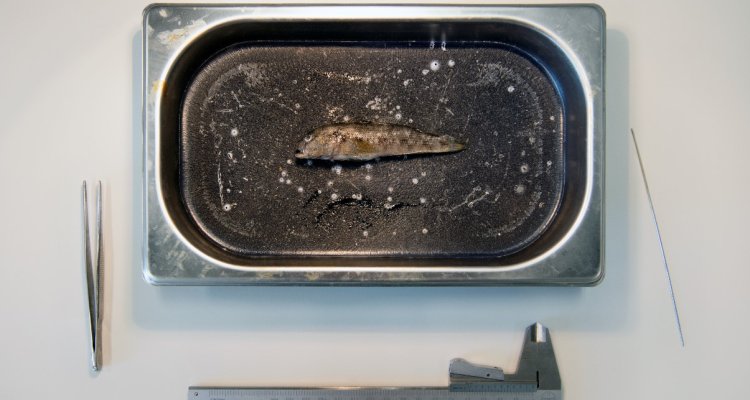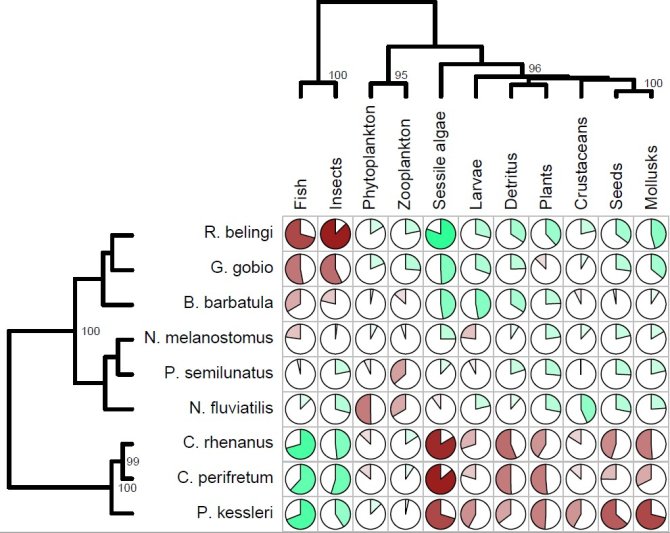
Project
Functional feeding traits in changing fish communities
Background
The morphological characteristics of an organism enable and limit its capacity for dealing with the environment, e.g. its ability to handle particular food types, or its capacity to swim in fast-flowing water. By studying the quantitative and causal relationships between form and function, functional traits can be derived. A good understanding of functional traits may lead to a better insight in the interaction between species and the structure of food webs. They may even be used for predicting shifts in the community under different pressures, such as fisheries or climate change.
Objectives
The main objective of this project is to gather a large database of functional traits from many fish communities, to search for general patterns in their functional structures and to see how different (human-induced) pressures influence these structures. Eventually the aim is to develop tools for quickly monitoring changes in fish communities and to predict functional shifts under pressure.

Methodology
The main tools will be ‘old-fashioned’ anatomical study, including dissection, but also image processing, and (multivariate) statistics.
Requirements for BSc and MSc thesis subjects
Biological curiosity, a steady hand, precision and concentration, not afraid of numbers and fish smell
Contact information
Leo Nagelkerke@wur.nl